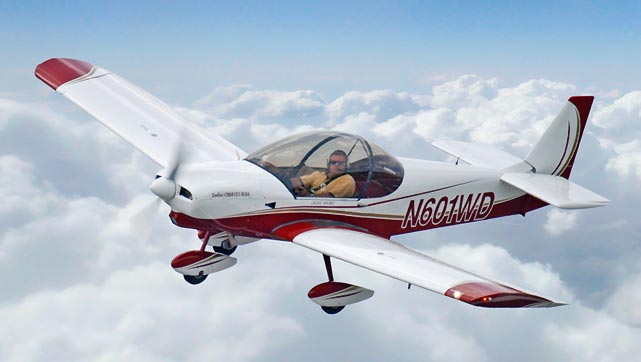maddog52
Line Up and Wait
I do have a lingering question though. Why is it that if the airplane is to be put on floats that they give you an extra 200 pounds of useful load?? I would think that, barring changes in the engine or wing, that useful load is an absolute. It's either safe and in the envelope or not? I would appreciate some comments so that I can understand that.
Another thing that I noticed at the Mount Vernon LSA show was how many exhibitors were blatant about disregarding the useful load restriction. Not one but several people were very upfront about telling me how they and their sons (240lbs +220lbs) would just load her up with fuel and go. No problem. Sorry, but I'm too big of a chicken to operate that way. I'd sure appreciate more comments about this and the float issue. Thanks!
Keep in mind that you only get an extra 110 lbs MAX GROSS WEIGHT for seaplanes. NOT USEFUL LOAD!!! This was a compromise for the seaplane pilots when the standards were set. Since most float sets and hardware weigh more than 110 lbs, you will actually LOSE useful load by adding floats to any model. The aircraft still has to meet the max stall speed and structural requirements for LSA. You do get the "Repostional Gear" exemption for the amphibious seaplanes but even less useful load due to the heavier floats.
Your comments about the salesmen giving a wink and nudge about overweight operations is all too common and one of my pet peeves (it actually P$$$$$ me off). This is the kind of crap that makes it hard for LSA and Sport Pilot to gain legitamicy. I think I will have it addressed at the next LAMA meeting in Sebring. Maybe we can curtail it.

 I mean, who would want an airplane that could take two adults (yes young adults) from Jacksonville, FL to Sandiego, CA in nineteen and a half hours.
I mean, who would want an airplane that could take two adults (yes young adults) from Jacksonville, FL to Sandiego, CA in nineteen and a half hours.
